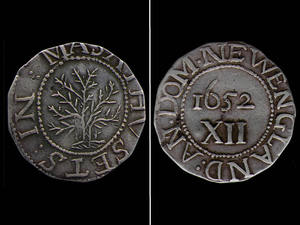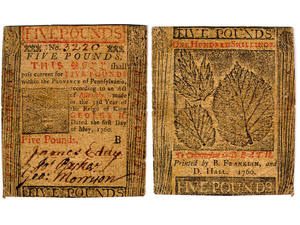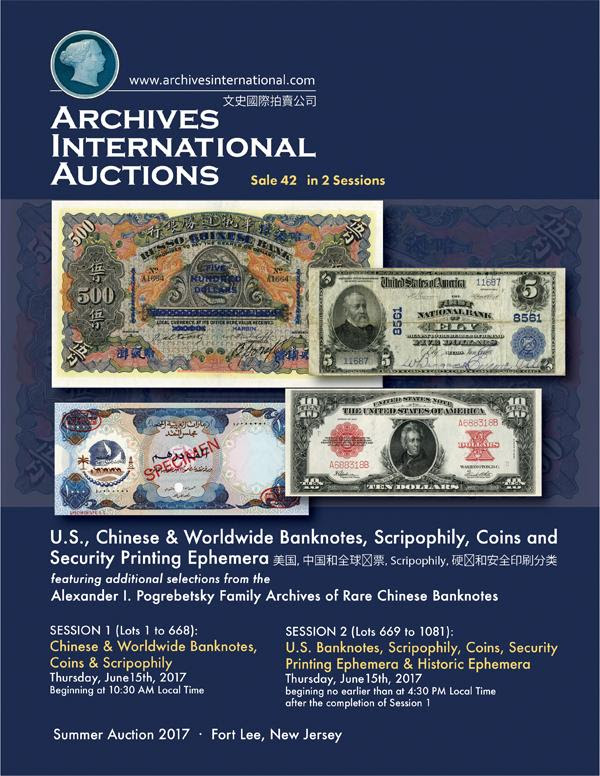
PREV ARTICLE
NEXT ARTICLE
FULL ISSUE
PREV FULL ISSUE
NOTRE DAME STUDY OF PRE-FEDERAL MONEYLoren Gatch forwarded this story about a project undertaken by Notre Dame researchers on counterfeiting of coins and paper money. Thanks. -Editor
Notre Dame researchers, including both historians and scientists, will analyze more than 150 coins from colonial and early America, as well as approximately 550 pieces of paper currency currently held in the Hesburgh Libraries’ Rare Books and Special Collections. Some of these coins date back to the first mint in Boston (1652), which was the colonies’ first attempt to fight back against debased Spanish and Spanish-American silver currency, or coins that were lower in value than they were being traded for. In explaining the research, Khachatur Manukyan, professor of physics and principal investigator on the project, said, “There is a theory that the first minted coins in the colonies actually used Spanish-American silver, just like Spanish-American coins. The thought is that the silver was melted down in Boston, a small amount of copper was added, and then the coins were distributed in Massachusetts. Since we don’t know how counterfeit and legitimate coins differ in composition, we can only uncover the truth about them by using instruments that analyze the elemental composition and impurities of these centuries-old coins.” For example, historians know that Latin America was very rich in mineral resources, that mercury was used to recover silver from its ores in certain locations, and that the silver has lead and gold impurities. Therefore, by using non-invasive X-ray Fluorescent Spectroscopy and Particle Induced X-ray Emission method in Notre Dame’s Nuclear Science Laboratory (NSL), scientists can determine the impurities in coins and more easily identify where the silver, as well as the coins, originated.
“The colonists wanted the freedom to produce coins and paper currency to facilitate exchange and stimulate economic growth,” said Louis Jordan, associate university librarian of academic services and collections. “However, the British government was still trying to maintain control so they heavily regulated production of all currency, which kept the colonies subservient to the needs of Britain. This added more fuel to the fire when it came to the colonies’ push for independence.” This research will help develop a better historical understanding of not only where coins or paper monies were made, but also why certain elements – like unique printing or minting materials – were used. The project is funded through the Notre Dame Research Faculty Research Support Regular Grant program and the NSL. To read the complete article, see:
Wayne Homren, Editor The Numismatic Bibliomania Society is a non-profit organization promoting numismatic literature. See our web site at coinbooks.org. To submit items for publication in The E-Sylum, write to the Editor at this address: whomren@gmail.com To subscribe go to: https://my.binhost.com/lists/listinfo/esylum All Rights Reserved. NBS Home Page Contact the NBS webmaster 
|


